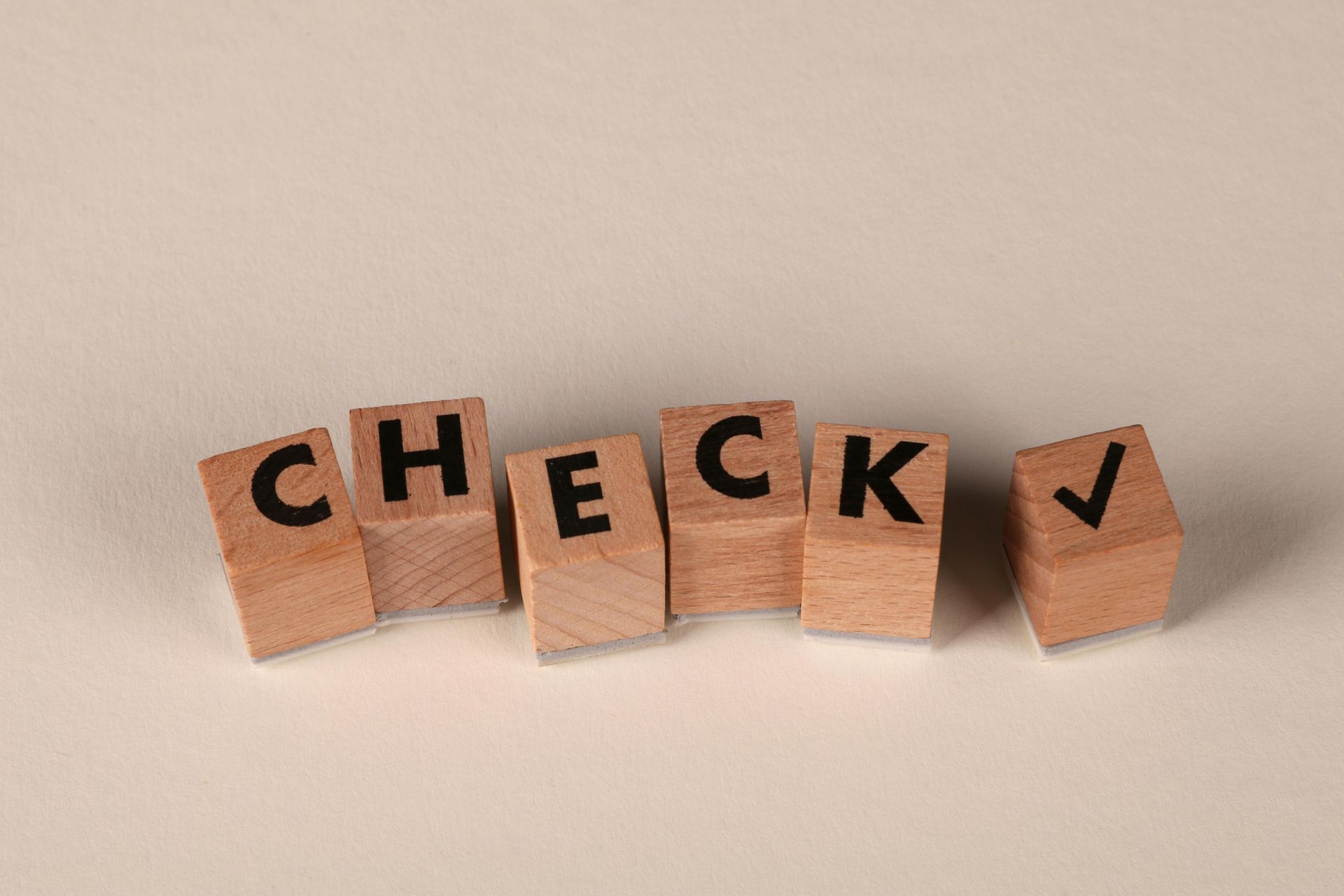Design Marks and Likelihood of Confusion
ATTORNEYS IN DALLAS
How likelihood of confusion is assessed in trademark cases involving design images as illustrated in the case of Abercrombie & Fitch Trading Co. v. Isabella Elisabeth Shnittger.
Design Marks and Likelihood of Confusion
A recent decision by the Trademark Trial and Appeal Board (TTAB) sheds light on how the TTAB assesses likelihood of confusion cases involving design marks. The case in question is Abercrombie & Fitch Trading Co. v. Isabella Elisabeth Shnittger, Opposition No. 91218738 (August 12, 2019) [not precedential]. Abercrombie & Fitch Trading Co. ("A & F") claimed that the applicant's mark would create confusion with its moose design marks, which are used for various apparel items and retail clothing stores. A & F initiated an opposition proceeding. The applicant utilized the Moose Design along with the words "Red Dear" for clothing goods, including hats, sweatshirts, T-shirts, jackets, shirts, and socks. The applicant did not file a counterclaim to cancel any of A & F's registrations, so the issue of priority was not at stake.
In any likelihood of confusion analysis, including those involving design images like this case, the two main factors to consider are the similarities between the marks and the similarities between the goods. A & F used a solid form (black) moose for retail clothing stores and certain clothing items, while another moose image was used for different clothing items. Consequently, the goods in the applicant's identification are either identical to or closely related to A & F's registered marks. Therefore, legally, the goods are considered identical, allowing the Board to presume that they travel in the same trade channels and are targeted at the same classes of consumers. Although no evidence of similar trade channels and classes of consumers was presented, it was unnecessary as the Board found the goods legally identical. Since the goods overlap, a lesser degree of similarity between the marks is sufficient to establish a likelihood of confusion.
Next, the Board assessed the marks as a whole, considering their appearance, connotation, and commercial impression. The applicant argued that specific features of the Moose Designs were different, such as variations in antlers, head shapes, and the direction the animals faced. However, this argument is flawed because the test for similarity is based on the average consumer's general recollection of the marks, not on specific details. The average purchaser does not recall minor differences in the marks. For instance, the average consumer is unlikely to remember the exact direction the moose was facing or whether its mouth was open or closed. Instead, the overall impression left by the marks is more likely to be that of a four-legged, large animal with antlers in a silhouette form. Case law supports the notion that with design marks, consumers typically do not remember specific details but rather form a general impression. (See In re Vienna Sausage Mfg. Co., 16 USPQ2d 2044, 2047 (TTAB 1990); also see In re United Service Distributors, Inc., 229 USPQ 237, 239 (TTAB 1986)).
The Board then considered the words in the applicant's mark, acknowledging that when words accompany a design, the words often become the dominant element of the mark. However, in this case, the words "Red Dear" are overshadowed by the moose design. The design's size in relation to the size and placement of the words is taken into account. Here, the words are positioned below the design and are significantly smaller. Additionally, the term "dear" emphasizes the deer image, despite the difference in spelling between "deer" and "dear" (as they are phonetic equivalents). The words "Red Dear" merely highlight the design mark, as some consumers may perceive the animal as a deer. In other words, since the design is the prominent feature of the mark and the applicant's design is similar to A & F's design, the inclusion of two smaller words will not prevent confusion. Ultimately, the Board concluded that although there were some differences between the marks, they were not significant enough to overcome the similarities. As a result, the Board denied registration of the applicant's design mark.
Contact an Experienced Trademark Attorney
If you need legal advice regarding your trademark rights, assistance with trademark prosecution, or representation in a domain name dispute, contact Wilson Whitaker Rynell. Our team of trademark lawyers has extensive experience in all aspects of trademark and copyright law, including the filing of trademark applications and representing clients in defense or prosecution before the Trademark Trial and Appeal Board.
- 66(a) Applications
- Abandoning a Trademark Application or Withdrawing a TTAB Proceeding
- Abandonment and Nonuse
- Abbreviations as Trademarks
- Accelerated Case Resolutions
- Acquired Secondary Trademark Meaning
- Amending Trademark Application
- Assigning a Trademark
- Assigning a Trademark and the Intent to Use Application
- Avoiding Fraud on Trademark Applications
- Avoiding Trademark Litigation
- Basis for Filing a Trademark
- Benefits of Registering a Trademark
- Bona Fide Intent to Use
- Celebrity Trademarks
- Challenging the Relatedness Factor
- Challenging Trademark Rights
- Claims in a Notice of Opposition
- Co-Existence Agreements
- Common Law Trademarks in the Internet Era
- Common Law Use and Priority
- Conflicting Marks
- Consent Agreements
- Constructive Use Priority
- Dates of Use
- Defenses in Opposition and Cancellation Proceedings
- Descriptive or Generic Trademarks
- Design Marks
- Design Trademarks
- Determining Trademark Similarities
- Discovery in TTAB Proceedings
- Dividing a Trademark Application
- Drawing Page
- Electronic Display Specimens for Trademarks
- Evidence in TTAB Proceedings
- Evidence of Acquired Distinctiveness
- Expediting Trademark Cancellation for Nonuse or Abandonment
- Extending Time to Oppose
- Factors of a Likelihood of Confusion Analysis
- False Suggestions of Connection
- Famous Trademarks and Likelihood of Confusion and Dilution
- Filing an Opposition or Cancellation Proceedings
- First Sale Doctrine
- Five Years of Use
- Foreign Trademark Rights
- Generic Trademarks
- Geographic Trademarks
- Hiring Trademark Counsel
- Immoral and Scandalous Trademarks
- Incontestability of U.S. Trademarks
- International Trademark Filings
- Joint Trademark Ownership
- Lawful Use of a Trademark in Commerce
- Likelihood of Confusion Analysis
- Likelihood of Confusion Refusal
- Merely Descriptive Trademarks
- Multiple Bases for a Trademark Application
- Overcoming and Ornamentation Trademark Refusal
- Personal Name Trademarks
- Principal and Supplemental Registers
- Protecting Single Creative Works
- Recording Trademark Assignments
- Refusal of a Trademark
- Refusing a Trade Dress Application
- Registering a Certification Trademark
- Registering a Service Mark
- Registering a Trademark That Lacks Inherent Distinctiveness
- Registering an International Trademark
- Relatedness of Goods or Services
- Request for Reconsideration in Trademark Office Action
- Requirements for International Trademark Application
- Revive an Abandoned Trademark Application
- Secondary Meaning
- Source Confusion
- Special Trademark Applications
- Standard Character and Special Format Marks
- Standing in Opposition and Cancellation Proceedings
- State Trademark Registration
- Statement of Use Extensions
- Tacking Doctrine
- Technical Trademark Use
- The Supplemental Register
- Trade Dress
- Trade Dress Application
- Trademark Application
- Trademark Clearance Searches
- Trademark Disclaimers
- Trademark Licensing
- Trademark of Authors, Performing Artists, and Characters
- Trademark Ownership
- Trademark Protection In Texas
- Trademark Settlements
- Trademark Specimens
- Trademark Specimens
- Trademark Use by Related Company
- Trademark Use in Advertising
- Trademark Use in Commerce
- Trademarking a Distinctive Mark
- Trademarking a Hashtag
- Trademarks for Musical Artists
- TTAB Discovery Rules
- TTAB Proceedings
- U.S. Service Mark
- U.S. Trade Dress
- Understanding Trade Channels
- Unitary U.S. Trademark
- Universal Symbols as Trademarks
- Using Secondary Sources
- What is an Ex Parte Appeal?
- Where to Register a Trademark
- Who Must File a Trademark?
CLIENT MATTERS
5,000+
YEARS OF SERVICE
25+
Award Winning
Recognized in the legal industry as dedicated board-certified lawyers and Rising Stars.
Expert Team
Your project will be handled by legal experts every time. You will have the most experienced attorneys working for you.
Quality Representation











